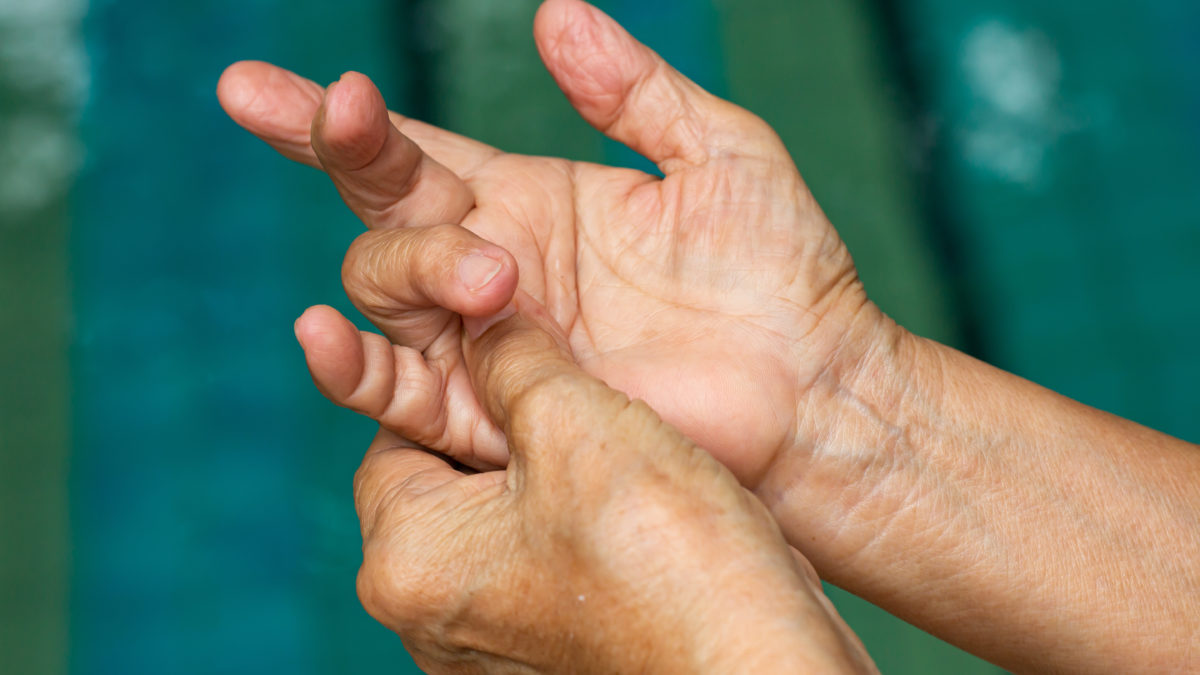Trigger finger: what is it and how can it affect manual workers?
by Julian Abela

by Julian Abela
Anatomy of a finger
Movement of our fingers occurs through a pulley system. The cables used in this system are actually tendons of muscles from our forearm and hand. These tendons are held in place by ring-shaped (annular) and cross-shaped (cruciform) pulleys. In trigger finger, due to inflammation or irritation, a nodule may form on the tendon leaving it unable to slide and glide through the first ring-shaped pulley. Imagine a golf ball-sized buildup on a flagpole rope. The rope would struggle to travel with ease on its path due to the buildup, this is similar to what is happening within the finger.
This condition can affect up to 2-3% of people worldwide. Trigger finger can affect any finger including the thumb, however, in my clinical experience, I have seen it most commonly affect the ring finger. This is also supported by research literature, which reports the 4th finger and thumb as the most commonly affected. An affected finger can frequently lock in the morning and eases as the day progresses.
Symptoms of trigger finger
Causes
We have not fully understood why trigger finger occurs, however, it is most common in people with medical conditions such as diabetes, rheumatoid arthritis or prior carpal tunnel surgery. Your risk of developing this condition also increases with age. What we see commonly is trigger finger occurring due to forceful and repetitive hand activities such as knife work, particularly in workers who have just been placed in such roles. Trigger fingers may also develop due to exposure to vibration. We may find construction workers/manual labourers who regularly use power tools to develop this complaint.
What can we do?
It is important to understand why trigger finger may be occurring. Conservative care is our first step. At Work Healthy Australia, through our early Intervention consultation, we can take action right away. During this consultation, we will ask questions about the worker’s pain, frequency of locking and their roles. Before providing hands-on care, we may observe the worker performing their current manual tasks. For example, in abattoirs, we educate workers on knife sharpness. The sharper the knife is, the fewer pressure workers need to employ, reducing their risk of injury. Trigger fingers may also develop due to exposure to vibration. We may find construction workers/manual labourers who regularly use power tools to develop this complaint. We may be able to advise them to avoid using such tools for a period of time.
In terms of hands-on care, we may provide soft tissue work to the forearm and hand muscles. Other treatment options include stretching, dry needling and the fascial abrasion tool. We also develop rehabilitation programs and can recommend finger splints. Being onsite, we are able to discuss with workers and supervisors the impact of the trigger finger and recommend alternative duties to allow this condition to rest and recover.
When conservative treatment fails, surgical intervention may be required. A cortisone injection may be applied at the base of the affected finger. Other surgical interventions involve the release of the pulley to allow the finger to slide easily on its course. Most people recover well following surgery, however, some complications include ongoing finger stiffness/pain.
Final thoughts
Trigger finger can be a painful and annoying complaint affecting manual handling workers. We have looked at what it is, how it can occur, and what can be done to resolve it. Hopefully, this article has given you a better grasp (pun intended) on how to identify and manage trigger finger.
"*" indicates required fields